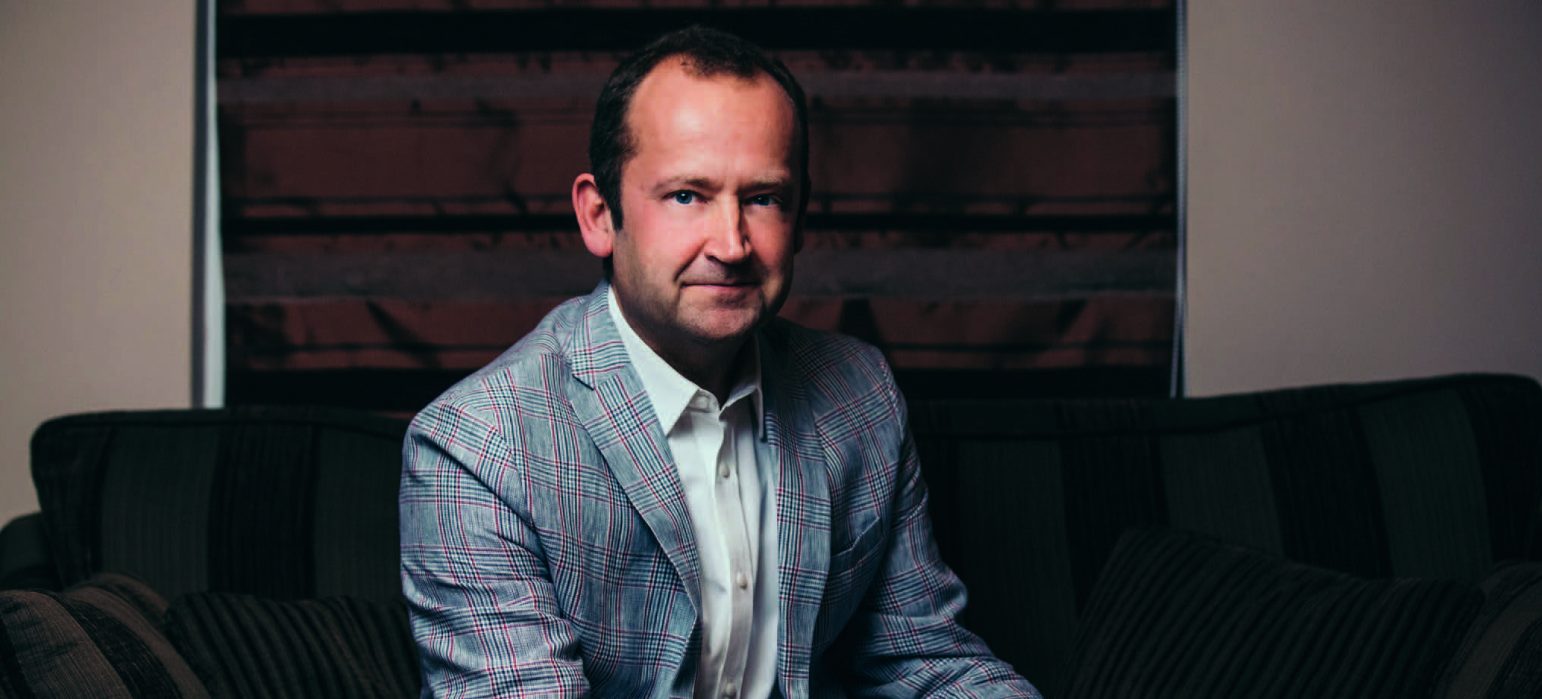Meet Your Maker


Meet Your Maker
Nigel Payne of Quiescent

Quiescent might not be a name that trips off the tongue just yet, but bear with us; the company took the original concepts of Vertex AQ and has developed them for the 2020s. We spoke to Nigel Payne of Quiescent about the science involved, R&D, and how to extract the most from any good audio system.
AS: Quiescent means ‘tranquillity at rest.’ Was the name deliberate or a Freudian slip?
NP: When we design systems, our fundamental principle is that all components are not at rest. Each active or passive device in a circuit, whether it is a transformer or speaker driver unit, output transistors, capacitors or even microprocessors, actively adds to the musical signal. Our goal is to ensure that the system is invisible to the listener, and our decision to name ourselves Quiescent was a deliberate consequence of that design philosophy.
You are a comparatively new company. What was the motivation for starting Quiescent?
Quiescent was founded in 2017, but our roots go back to the founding of Vertex AQ almost 21 years ago. We felt that Vertex AQ had run its course and opted to form a new company that leveraged our knowledge of electronics and mechanics combined with state-of-the-art computer-aided design and manufacturing techniques. In creating Quiescent, we have established a brand recognised for technology leadership, world-class products and an innovative
approach to radically improving the audio experience.
What are your scientific, technological or audiophile backgrounds?
I began my career studying particle physics and electronics at Leeds University back in the late-1980s. That led me to model noise and vibration, work on high-frequency systems, and program low-level code processors. I’ve taken this experience and applied much of what I’ve learned to my obsession with audio reproduction…
June 2021 HiFi+